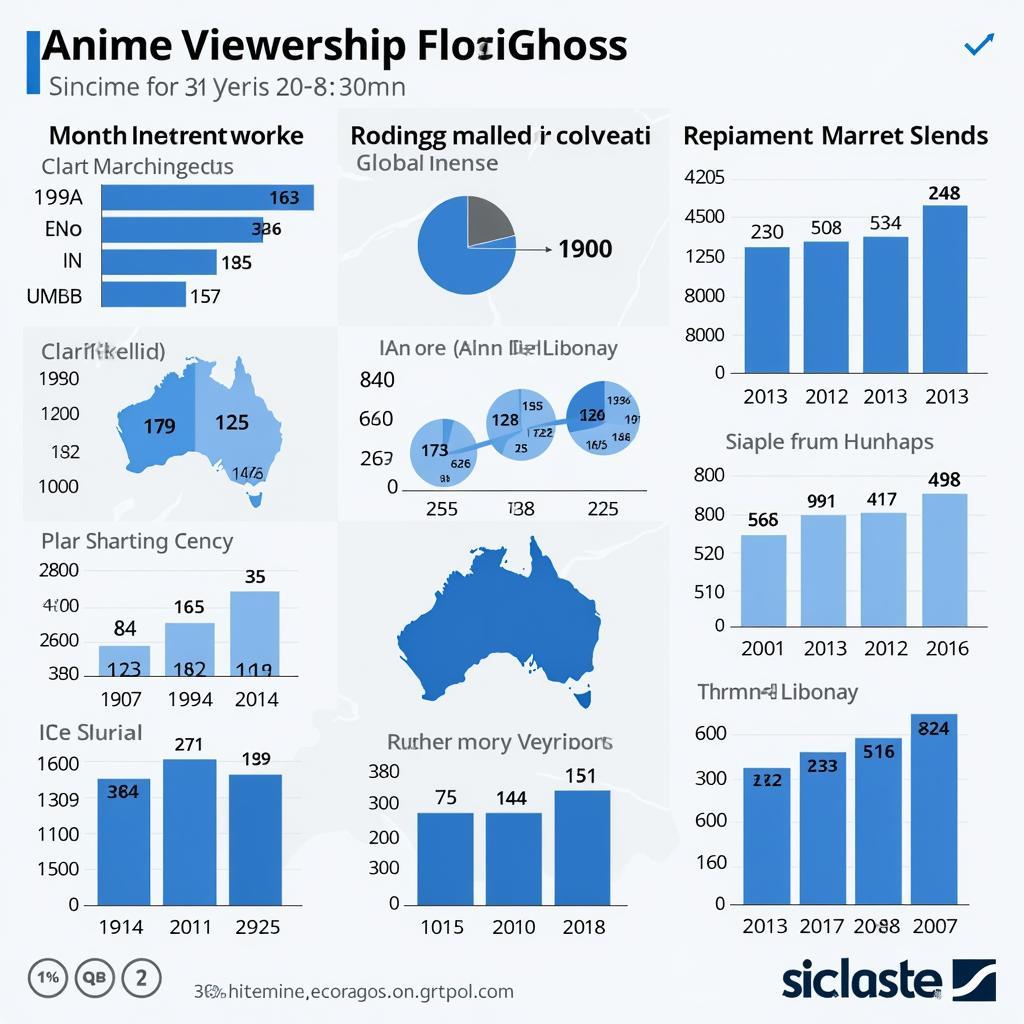Passage 1: The Rise of Japanese Animation
The global influence of Japanese animation, commonly known as anime, has experienced unprecedented growth since the late 20th century. What began as a local entertainment medium in Japan has transformed into a worldwide cultural phenomenon, captivating audiences across diverse demographics and geographical boundaries.
Anime’s journey to international recognition started in the 1960s with pioneering works like “Astro Boy.” This groundbreaking series demonstrated the unique storytelling capabilities of Japanese animation, featuring complex narratives and sophisticated themes rarely seen in Western cartoons of that era. The medium’s distinctive visual style, characterized by large expressive eyes, vibrant colors, and dynamic action sequences, created an aesthetic paradigm that would become instantly recognizable globally.

By the 1990s, anime had established a significant presence in international markets, particularly in North America and Europe. The success of titles like “Dragon Ball Z” and “Sailor Moon” demonstrated the medium’s ability to transcend cultural barriers and resonate with Western audiences. These series not only entertained but also introduced viewers to aspects of Japanese culture, from everyday customs to deeper philosophical concepts.
Passage 2: Manga’s Cultural Revolution
Manga, Japanese comics, has become an equally powerful force in shaping global popular culture. Unlike their Western counterparts, manga publications cater to diverse age groups and cover an extensive range of genres, from slice-of-life stories to complex psychological thrillers. This versatility in content has been crucial to its international appeal.
The manga industry’s influence extends beyond entertainment, impacting various sectors including education, advertising, and even corporate training. Many countries have adopted manga-style publications for instructional purposes, recognizing their effectiveness in engaging readers and conveying complex information. The distinctive narrative techniques employed in manga, such as detailed character development and sophisticated plot structures, have influenced storytellers worldwide.
Japanese publishers have adapted to international markets by developing localization strategies that preserve the original artistic integrity while making content accessible to different cultural contexts. This approach has led to the emergence of global manga-inspired comics, creating a hybrid art form that combines Japanese storytelling techniques with local cultural elements.
Passage 3: Digital Evolution and Future Prospects
The digital revolution has fundamentally transformed how anime and manga are consumed globally. Streaming platforms and digital distribution channels have made these media more accessible than ever, leading to exponential growth in international viewership. This technological shift has also influenced production methods, with many studios adopting digital tools while maintaining traditional artistic principles.
The influence of anime and manga has catalyzed a significant cultural exchange between Japan and other nations. These media forms have become powerful tools of soft power, enhancing Japan’s cultural presence globally and fostering international understanding. The phenomenon has also sparked a rise in related industries, from merchandise and gaming to tourism.
[Questions and Tasks Follow]
Questions 1-5: True/False/Not Given
- Anime gained international recognition primarily through “Astro Boy” in the 1960s.
- Western cartoons influenced the development of anime’s visual style.
- Digital platforms have increased accessibility to anime and manga globally.
- Manga publications are exclusively designed for young readers.
- Japanese publishers maintain strict control over international manga adaptations.